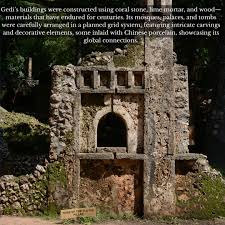The Ancient Rock Art of Kenya offers a fascinating glimpse into the lives of early communities who once roamed these lands. From intricate animal depictions to symbolic patterns, these carvings and paintings capture cultural traditions, spiritual beliefs, and daily life that date back thousands of years. Found in regions like Samburu, Turkana, and Kakapel, these sites are not just art—they are historical records etched into stone, waiting to tell their stories.
Historical Significance of Kenyan Rock Art
Each painting and carving reveals a rich tapestry of Kenya’s ancient societies. The art often features wildlife, human figures, and ceremonial scenes, reflecting the environment and values of the time. Anthropologists and historians study these works to understand social structures, hunting practices, and spiritual beliefs. In many ways, the Ancient Rock Art of Kenya connects modern visitors with the voices of ancestors long gone.
Exploring Rock Art Sites
Travelers seeking adventure and cultural insight can visit these rock art sites with guided tours. Experts provide context on the symbolism behind each painting and carving. Beyond visual appeal, these sites encourage respect for the environment and foster awareness of conservation. Many communities near these sites actively protect them, preserving the art for future generations.
Preserving the Legacy
Preservation efforts are crucial. Exposure to weather, tourism, and human interference threatens the integrity of these ancient artworks. Organizations collaborate with local communities to maintain and protect


